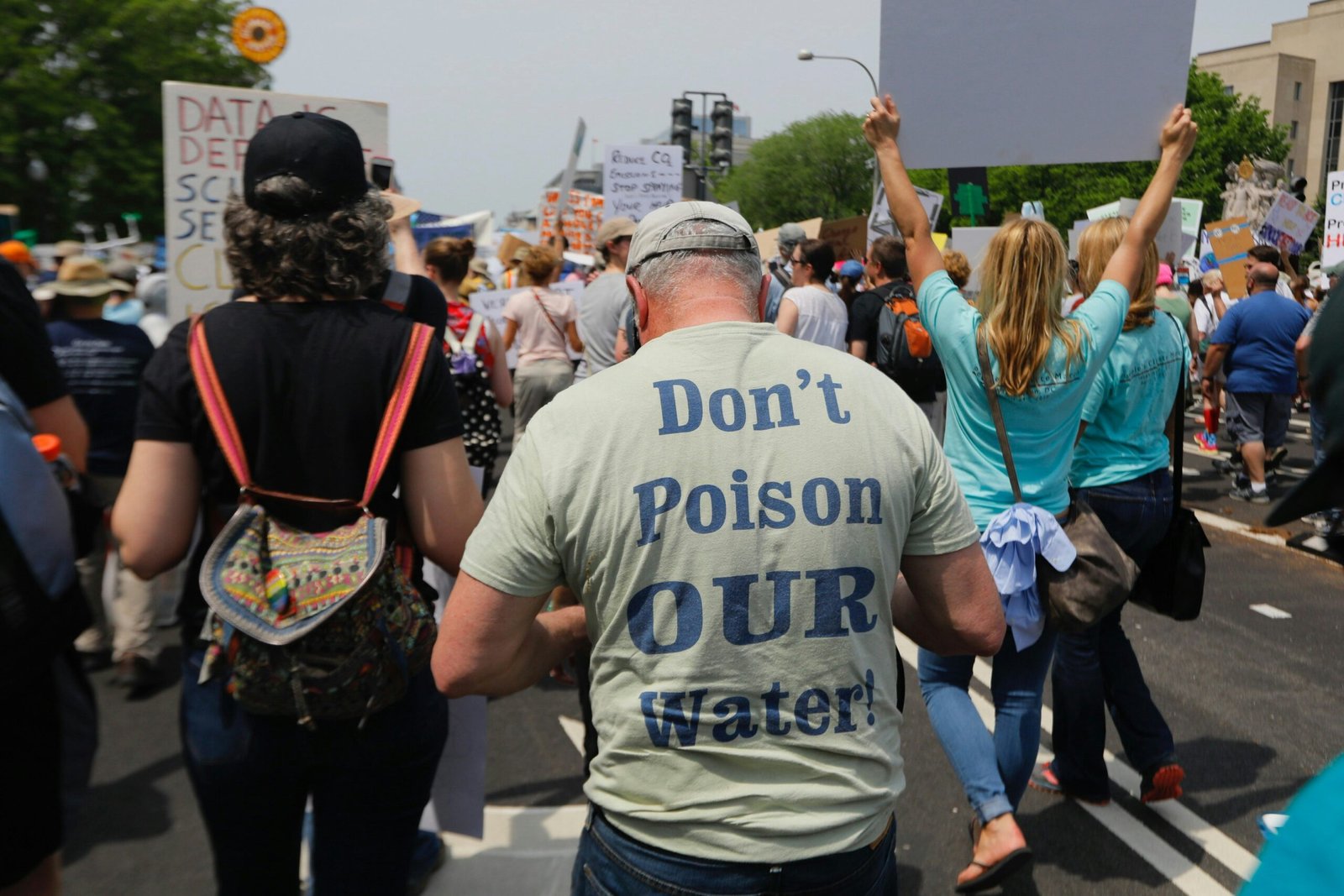Introduction
Environmental justice and sexual health are two critical issues that intersect in various ways. Environmental hazards and pollution can have a disproportionate impact on marginalized communities, affecting their sexual and reproductive health. This article will examine the intersection of environmental justice and sexual health, highlighting the challenges faced by marginalized communities and the importance of addressing these issues.
The Impact of Environmental Hazards on Sexual Health
Environmental hazards such as air and water pollution, toxic waste sites, and chemical exposure can have significant consequences for sexual and reproductive health. These hazards can lead to a range of health problems, including infertility, hormonal imbalances, and increased risk of sexually transmitted infections (STIs).
Marginalized communities, including low-income neighborhoods and communities of color, often bear the brunt of environmental hazards. They are more likely to live in close proximity to industrial facilities, waste sites, and polluted areas. As a result, they face higher exposure to harmful pollutants and toxins, which can have long-term effects on their sexual and reproductive health.
Disproportionate Impact on Marginalized Communities
The disproportionate impact of environmental hazards on marginalized communities is rooted in systemic inequalities and social determinants of health. These communities often lack access to quality healthcare, education, and resources, making them more vulnerable to the adverse effects of environmental hazards.
For example, studies have shown that communities of color are more likely to live in areas with higher levels of air pollution. This exposure to pollutants can lead to respiratory problems, including asthma, which can indirectly impact sexual health by affecting overall well-being and quality of life.
Similarly, low-income communities may lack access to clean water and sanitation facilities, increasing their risk of contracting waterborne diseases and STIs. Lack of access to reproductive healthcare services and education further exacerbates the challenges faced by these communities.
Addressing the Intersection of Environmental Justice and Sexual Health
Addressing the intersection of environmental justice and sexual health requires a comprehensive approach that tackles both environmental and social factors. Here are some key strategies:
1. Environmental Policy and Regulation
Strong environmental policies and regulations are crucial to protect communities from harmful pollutants and toxins. These policies should consider the specific needs and vulnerabilities of marginalized communities, ensuring that they are not disproportionately affected by environmental hazards.
2. Community Engagement and Empowerment
Engaging and empowering marginalized communities is essential for addressing the intersection of environmental justice and sexual health. Community-led initiatives can raise awareness, advocate for change, and promote sustainable practices that protect both the environment and sexual health.
3. Accessible Healthcare and Education
Improving access to quality healthcare and education is vital for promoting sexual and reproductive health in marginalized communities. This includes ensuring access to reproductive healthcare services, STI testing and treatment, and comprehensive sexual education that addresses the specific challenges faced by these communities.
4. Intersectional Approaches
Recognizing the intersectionality of environmental justice and sexual health is crucial for effective solutions. Intersectional approaches consider the overlapping systems of oppression that affect marginalized communities, taking into account factors such as race, gender, class, and sexuality.
Conclusion
The intersection of environmental justice and sexual health highlights the disproportionate impact of environmental hazards on marginalized communities’ sexual and reproductive health. Addressing these challenges requires a comprehensive approach that addresses both environmental and social factors. By implementing strong environmental policies, empowering communities, improving access to healthcare and education, and adopting intersectional approaches, we can work towards a more just and equitable future for all.

